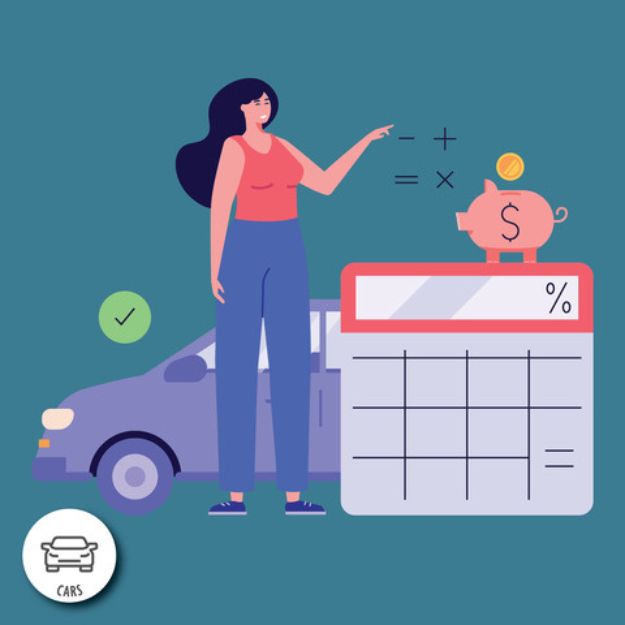Anatomy of a Car Payment
When you get a loan to buy a car, you’ll get a new set of keys — and a new monthly payment. It may have you wondering how this payment is determined and how it’s calculated.
So many questions, and we’ve got answers! Let’s break down the parts of a car payment, explain how monthly payments are calculated and offer tips for managing your payments well.
What are the components of a car payment?
- Principal
The principal is the amount of money you borrow to purchase the car. For example, if you buy a car priced at $35,000, and you put $5,000 as a down payment, the principal of your loan is $30,000.
A portion of each monthly mortgage payment will go toward paying down the principal balance of your loan.
- Interest
Interest is the cost of borrowing money from a lender. It’s calculated as a percentage of the principal amount and is added to your monthly car payment. The interest rate on your loan will depend on a handful of factors like your credit score, the length of the loan term and the current market conditions.
- Loan term
While this is not really a part of the loan, you’ll likely see this referenced on your monthly statement or loan bill. The loan term is the length of time you have for repaying the total loan, typically expressed in months. Common auto loan terms range from 36 to 72 months, with some loans extending even longer. The longer the term is, the lower the monthly payments will be, but the more interest you’ll pay over the life of the loan.
If you’ve rolled additional costs into the loan, they may also be part of your monthly payment. This can include:
- Taxes and fees
If you choose to finance taxes, registration fees or other upfront costs of the loan, these will be included in your loan amount and will increase your monthly payment. These costs are not itemized separately; instead, they’ll be incorporated into the principal.
- Add-ons
Optional add-ons like extended warranties, gap insurance and other products you choose to finance will also be included in your loan principal, thus increasing your monthly payment.
Additional costs of car ownership
While not included in your monthly loan payment, these expenses are an inherent part of owning a car:
- Insurance. Lenders typically require you to carry comprehensive and collision coverage as part of your financing agreement, ensuring the car is protected if in an accident.
- Maintenance. Your car will need regular maintenance and upkeep, which you’ll need to budget for.
- Fuel or electricity. Of course, you won’t be able to drive a car without gas or springing for electricity to power it.
How are car payments calculated?
To calculate your monthly payment, the lender will take the principal of the loan along with any add-on costs, and the interest amount due, and divide this number by the months in your loan term. This is the amount you’ll need to pay each month.
Managing your car payment
Managing your car payment well requires careful planning and budgeting. Here are a few tips to help you stay on top of your payments and minimize the overall cost of your car loan:
- Compare offers from multiple lenders to find the best interest rates and loan terms.
- If possible, make a larger down payment to reduce the amount you need to finance.
- Choose a shorter loan term.
High Point FCU auto loans offer great terms, easy eligibility requirements for qualifying members and a quick application process. Call, click or stop by today to learn more.



















